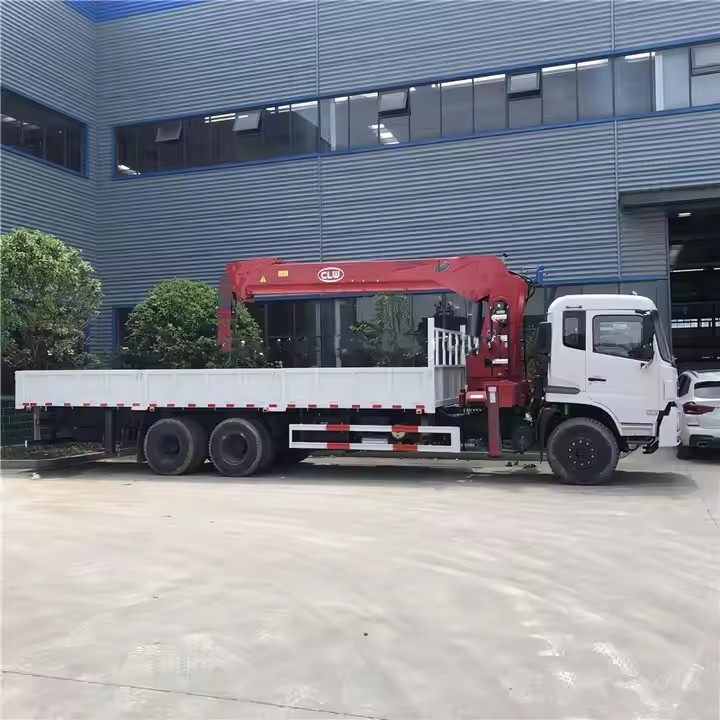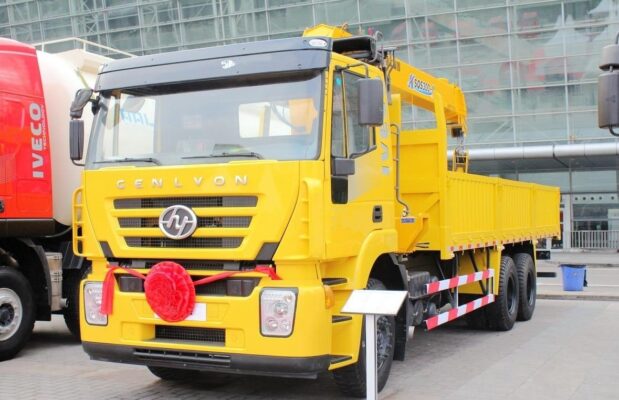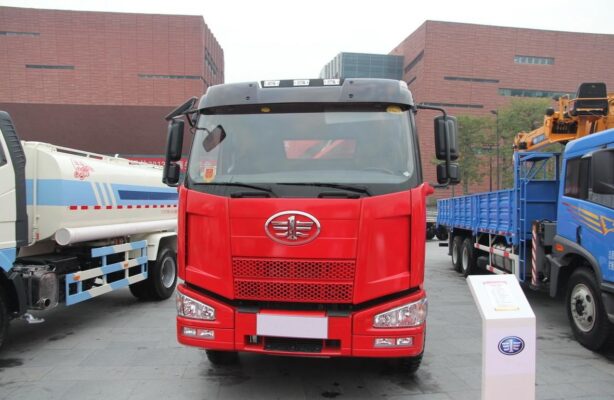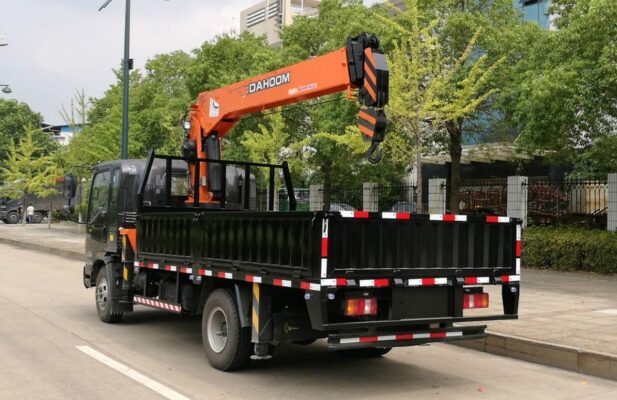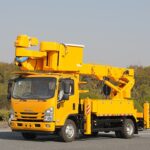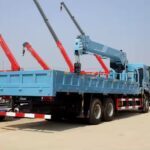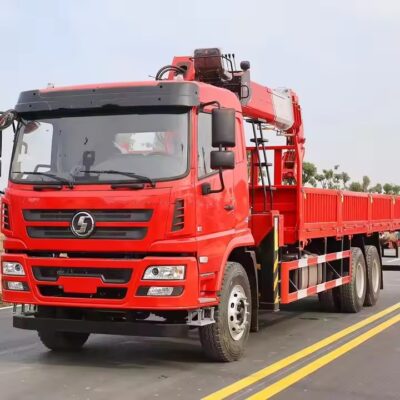Belt misalignment is one of the most common issues encountered during the operation of belt conveyors. This issue can significantly affect the conveyor’s performance, causing wear, damage to components, and inefficiency in transporting materials. Proper installation, precision in dimensions, and regular maintenance play crucial roles in preventing misalignment. Misalignment can be caused by various factors, and it is important to identify the root causes in order to implement appropriate corrective measures.
Here are several methods for addressing belt misalignment in belt conveyors:
1. Adjusting the Carrier Roller Groups
One of the most effective ways to correct belt misalignment, especially when the misalignment occurs along the center of the conveyor, is by adjusting the position of the carrier roller groups. During the manufacturing process, holes are usually made in the sides of the roller assembly to allow for adjustments. If the belt drifts to one side, the roller group on that side should be moved in the direction of the belt’s forward movement, while the opposite side of the roller group should be shifted backward. This method helps in aligning the belt back to its central position.
In cases where the belt is misaligned upward, the lower part of the roller assembly should be moved to the left, while the upper part should be moved to the right. This adjustment balances the forces acting on the conveyor belt and helps guide it back to its intended path.
2. Installing Self-aligning Rollers
Self-aligning rollers are designed to automatically correct belt misalignment by using a variety of mechanisms such as central pivot systems or roller bearings that allow the rollers to rotate within the horizontal plane. These systems exert lateral forces that push the belt back toward the center. Self-aligning rollers are most beneficial in short conveyors or in situations where bidirectional operation is required.
Short conveyors are more prone to misalignment because the belt is less stable over shorter distances, and adjusting them is often more challenging. Self-aligning rollers are ideal in such cases because they can automatically adjust to correct minor misalignments without requiring constant manual intervention.
There are several types of self-aligning rollers, including:
- Central Axle Type: The roller rotates around a fixed central axis to correct misalignment.
- Four-bar Linkage Type: Uses a four-bar mechanism to allow the roller to move and re-align the belt.
- Vertical Rollers: These operate by guiding the belt from the side to keep it centered.
These systems are particularly helpful in preventing further damage due to continuous misalignment and help reduce maintenance costs over time.
3. Adjusting the Drive and Return Rollers
The drive and return rollers are crucial components of the belt conveyor system. These rollers not only drive the belt but also redirect it around the conveyor system. If the alignment of these rollers is not correct, the belt can drift and result in misalignment.
To adjust the rollers, check if they are positioned perpendicular to the central axis of the conveyor. A deviation from this vertical alignment will likely lead to belt misalignment. For example, if the belt is drifting towards the right side of the conveyor, the right side of the head roller’s bearing housing should be moved forward. Conversely, if the belt drifts to the left, the left side of the roller’s bearing housing should be moved forward.
This type of adjustment should be carefully monitored to avoid overcompensating in one direction, which could lead to additional misalignment in the opposite direction.
4. Tension Adjustment at the Conveyor’s Tightening Section
Tension adjustment is another critical factor in managing belt misalignment. Improper tension can lead to uneven belt movement and misalignment. The upper tensioning section of the conveyor, where the drive system and tensioners are located, must be aligned with both the gravity axis and the conveyor’s length.
It is essential that the axis of the tensioning rollers remains level and perpendicular to the central axis of the belt. If the rollers are not properly aligned, the conveyor belt may become unevenly stretched or compressed, which could lead to misalignment as the belt moves.
5. Impact of Material Discharge Position on Belt Misalignment
The position where material is discharged onto the conveyor can have a significant impact on belt alignment. If the material is not uniformly distributed across the width of the conveyor, it can cause the belt to shift and lead to misalignment. This is particularly true in scenarios where multiple conveyors are positioned in such a way that their projections form a vertical angle.
In such cases, the relative height of the conveyors can influence the horizontal speed of the material being transferred. The lower the relative height between the two conveyors, the greater the lateral impact of the material on the lower conveyor. This force can displace the material from the center of the belt, causing the belt to become misaligned.
To address this, it is important to ensure that material discharges in a controlled manner, preferably centered, and with a consistent flow to minimize any lateral forces on the belt.
6. Adjusting for Bidirectional Operation of the Belt Conveyor
Adjusting a bidirectional belt conveyor for misalignment is more complex compared to a unidirectional system. In bidirectional systems, the belt operates in two directions, which can introduce additional challenges in maintaining alignment. The first step in adjusting for misalignment in bidirectional conveyors is to correct the alignment in one direction first. Afterward, adjustments for the other direction can be made.
It is important to closely observe the direction of the belt and the trend of misalignment during the adjustment process. The key is to make gradual changes, making sure to recheck the alignment after each adjustment to avoid compounding errors.
7. Routine Maintenance and Regular Inspections
Finally, regular maintenance and inspections are essential in preventing and managing belt misalignment. Conveyor belts should be periodically checked for wear, tension, and alignment. Any misalignments should be detected early before they cause significant damage to the belt or other components of the conveyor system.
Lubricating rollers, checking the integrity of the bearings, and ensuring that the tensioning system is functioning correctly are all crucial steps in keeping the conveyor belt aligned. Regular cleaning to remove debris and materials that could cause excessive wear on the rollers or belts can also help in reducing the chances of misalignment.
Conclusion
In conclusion, belt misalignment is a common issue that can arise in various types of conveyor systems. By understanding the potential causes and taking preventive measures, operators can reduce the occurrence of misalignment and improve the performance and lifespan of their conveyor systems. Proper installation, adjustments to rollers and tensioning systems, and careful monitoring of material discharge points are all effective ways to prevent belt misalignment. Regular maintenance and quick corrective action when misalignment occurs will ensure that the conveyor operates smoothly and efficiently, reducing the likelihood of downtime and expensive repairs.

